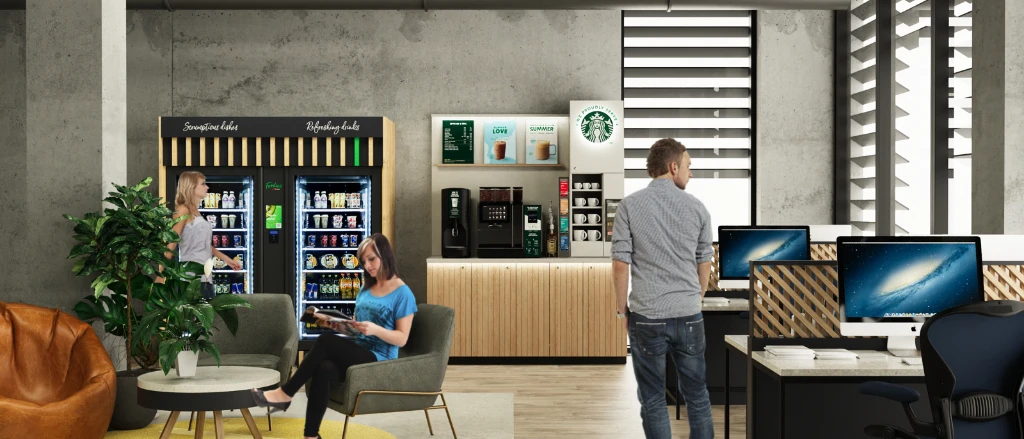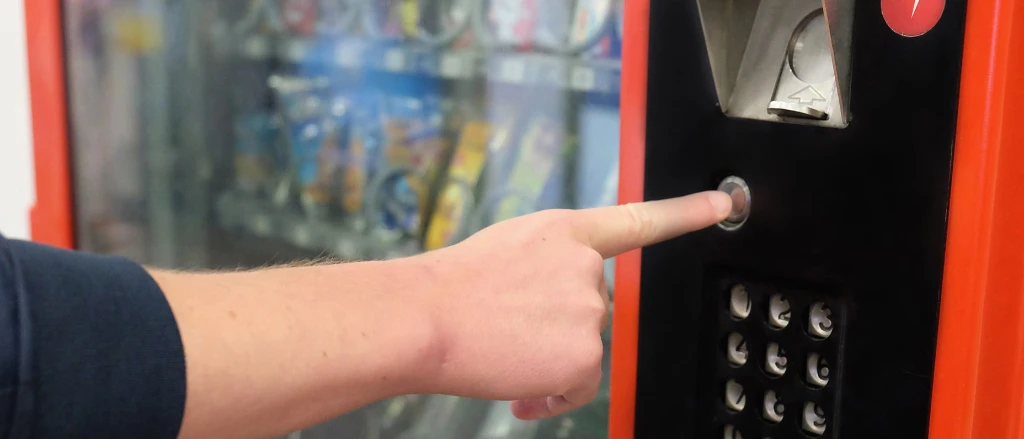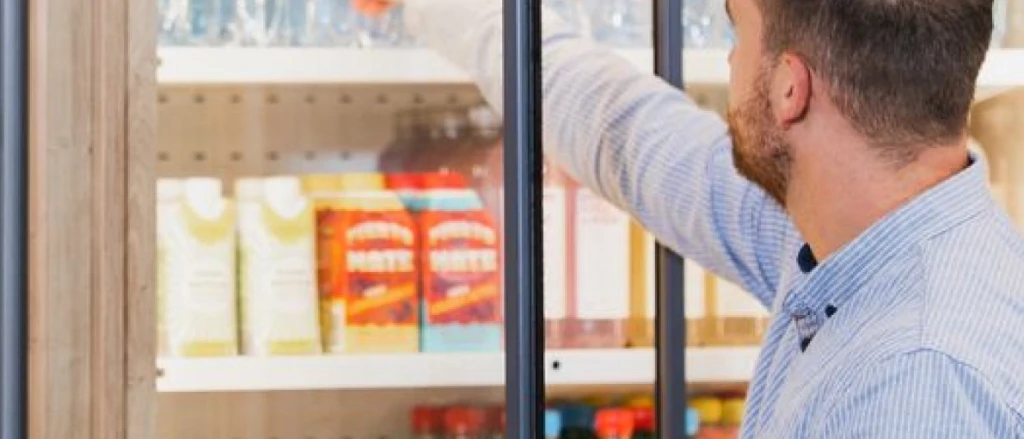Government Sector Catering & Vending Guide
Catering solutions can also be expanded to deliver a high-quality, diverse range of food options to government buildings. This means that members of parliament and peers, security staff, pass-holders and guests can access a range of modern vending and micromarket technologies — whether it’s for meetings, receptions, congregations, or private dining.
While challenging, making the switch to modern dining and catering solutions can speed up the process while simultaneously slash costs. However, there are many considerations catering managers will have to bear in mind before making the switch.
In this guide, we’ll discuss the consumer and site considerations — as well as sustainability, health and safety factors — that must be managed before upgrading to modern, self-service catering options.
Consumer considerations
Before identifying the needs of consumers, it’s important to know who they are and how differences will affect the catering solutions provided.
The users of modern catering solutions in government buildings will typically include:
- MP’s and peers
- Pass-holders and guests
- Site staff — including on-site cleaners and security personnel
- Visitors
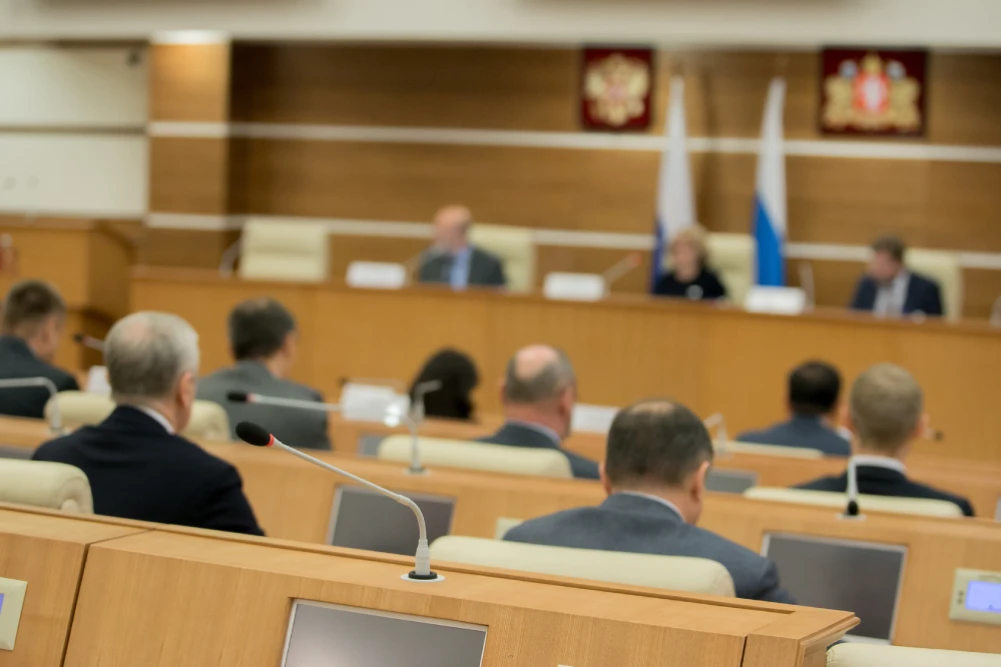
For these consumers, catering managers need to consider:
Ease of access — With large government buildings filled with MPs, government officials and visitors, accessing nutrition without traversing long distances is important for those working or visiting government buildings. Catering managers must consider how accessible self-service solutions are from any point in the building to avoid long traversal and queue times.
Variety of goods — Whether it be long-standing MPs, government officials or pass-holders and visitors using the facilities, everyone has different tastes. Catering managers need to consider how to provide variety to suit a range of diets and serve vegan, gluten-free or allergen-free options.
Convenience — Busy government officials and representatives need to have a variety of hot and cold options, but also the need the infrastructure in place to facilitate them. Catering managers hiring or buying equipment from vendors must consider how to heat food — whether it be through a cooking station or a hot food counter — and fridges to safely preserve and distribute ready-made cold options.
Site considerations
It’s all well and good installing brand-new, state-of-the-art catering equipment, but if it’s not bespoke to the site layout, they can be more hassle than their worth.
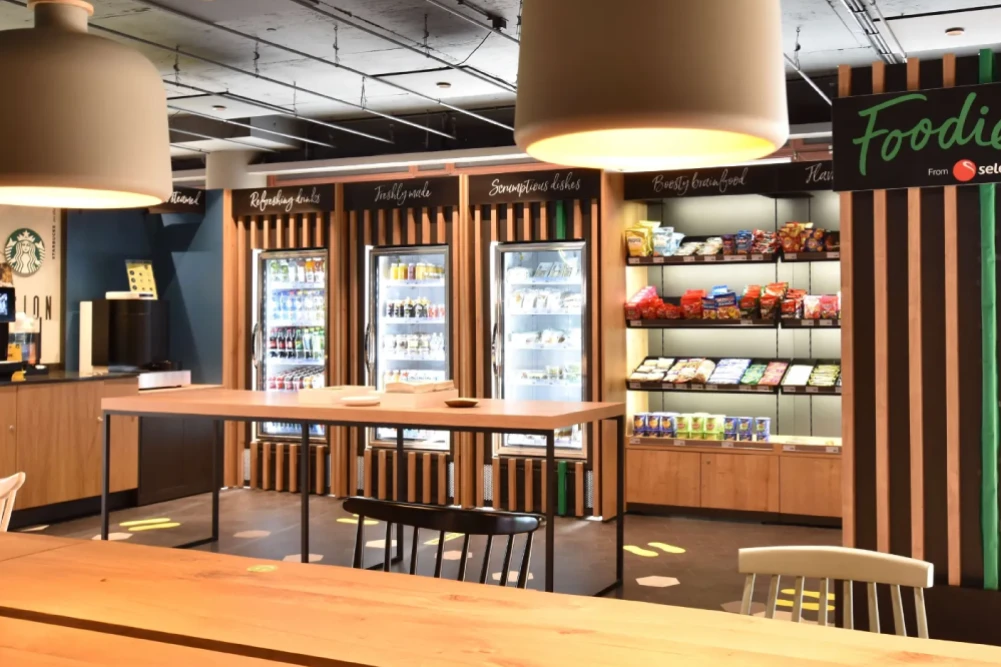
Some of the site considerations that catering managers need to bear in mind are:
Space — With a limited floorplan, it can be tricky to fit a catering solution into restrictive spaces. Site managers must plan where machines can fit in a way that doesn’t take up space in busy hallways and gives consumers the room needed to safely buy, prepare and eat the food provided.
Availability — Larger office buildings with intricate hallway networks make it difficult for some people to get food and easy for others. Catering managers must consider how to improve access for all — either creating a central hub equidistant from all parts of the building or introducing multiple food hubs for maximum coverage.
Consumer comfort — As well as the food itself, dining experience plays a big role in the service. Catering managers should also consider if the building has suitable dining areas and how to create them if not.
Health and safety considerations
Within any building, health and safety is crucial when establishing a self-service or modernised food dispensary service – and government buildings are no different.
Failure to comply with health and safety regulations can not only land institutions in legal hot water but can put the health of government officials, pass-holders and visitors at risk.
Some of the health and safety considerations catering managers in government buildings need to consider are:
Product rotation — All chilled or hot food has stringent regulations regarding shelf life. Micromarkets and food hubs need to be regularly rotated and restocked with fresh food to eliminate the risk of out-of-date products making it to the mouths of consumers.
Machine arrangement – Catering technologies must be positioned correctly to minimise risks. For example, machines can’t block fire exits, they must be placed on even surfaces to prevent it tipping over and any loose wiring needs to be covered to eliminate tripping hazards Also, electrical components — like wiring, heating and cooling units — need to be insulated and ventilated to prevent injury.
Adequate signage — When dealing with large machinery that uses potentially dangerous mechanics and heating equipment to prepare food, signs need to be put in place to make consumers aware. Catering managers must assess risks — like hot water scalds or trip hazards — and put-up appropriate signs to warn consumers of danger when retrieving or preparing food.
Legal risks — Ensuring all documentation is in order goes a long way to improving safety and minimising the risk of falling into legal pitfalls. Insurance documentation, mechanical test certifications and lease papers must all be up-to-date to guarantee compliance.
Government catering regulations
When installing a self-service catering solution in a government facility, the technologies themselves and the space they occupy need to follow food safety regulations to ensure the safe handling, preparation and distribution of food.
Not only must they follow guidelines issued by international regulatory bodies or their region — legally tying them to rigorous food safety, handling and storage regulations — but they must follow stringent instructions to operate a self-service catering solution safely.
The law requires regular maintenance of any:
- Gas appliances
- Flues
- Pipework
- Self-service devices
This guarantees safe day-to-day operation of a self-service snack or meal bar with minimal staff needed.


Our 50+ team of international selecta product experts will answer your request
Message Sent Successfully
Thank you! Your message has been received. We’ll get back to you soon.
Something Went Wrong
We couldn’t send your message. Please try again, or come back in a moment.
